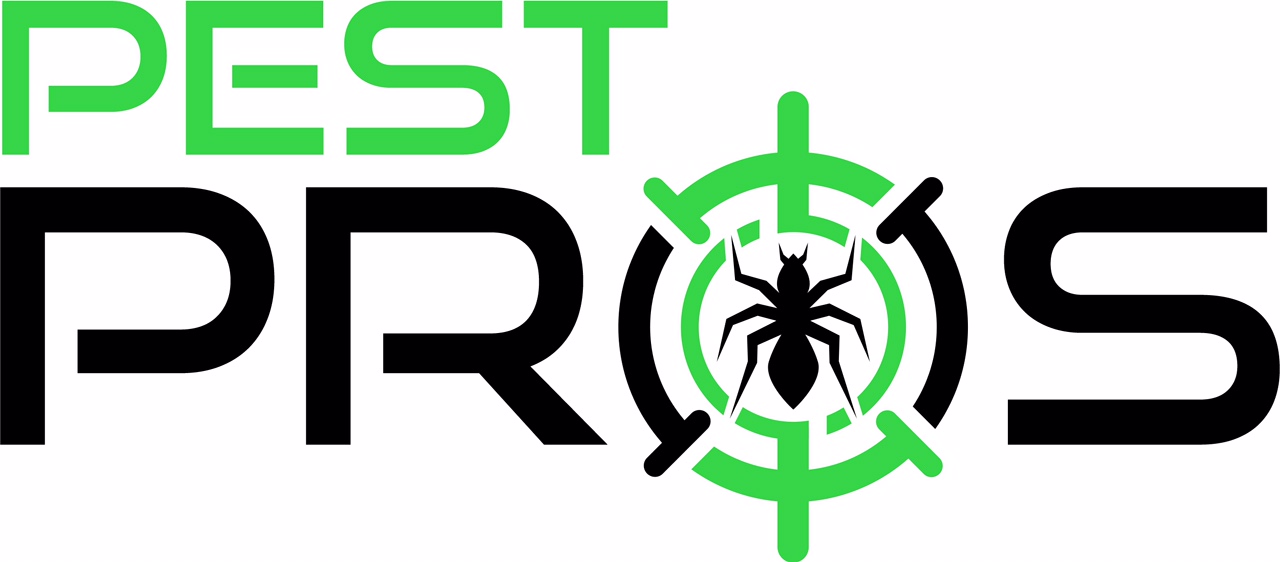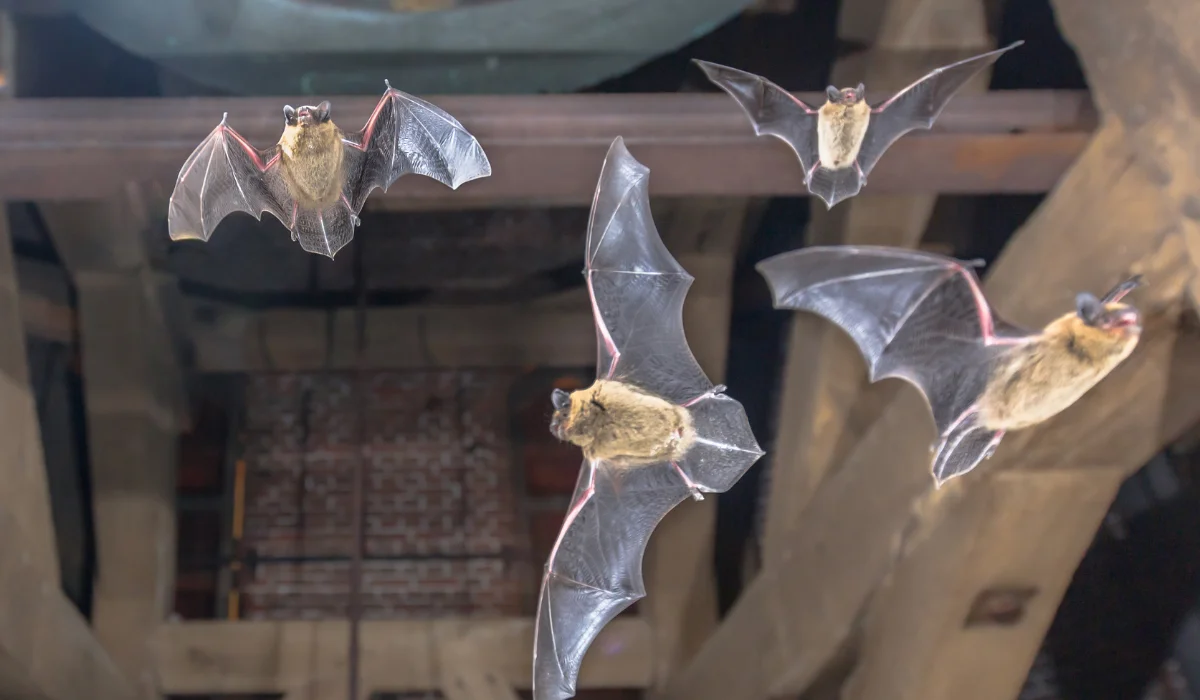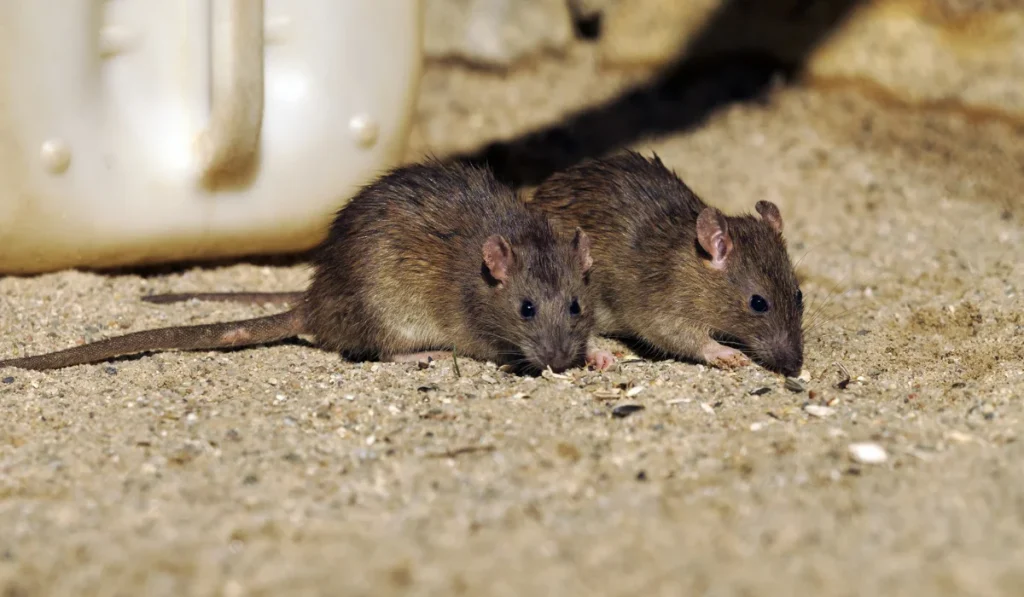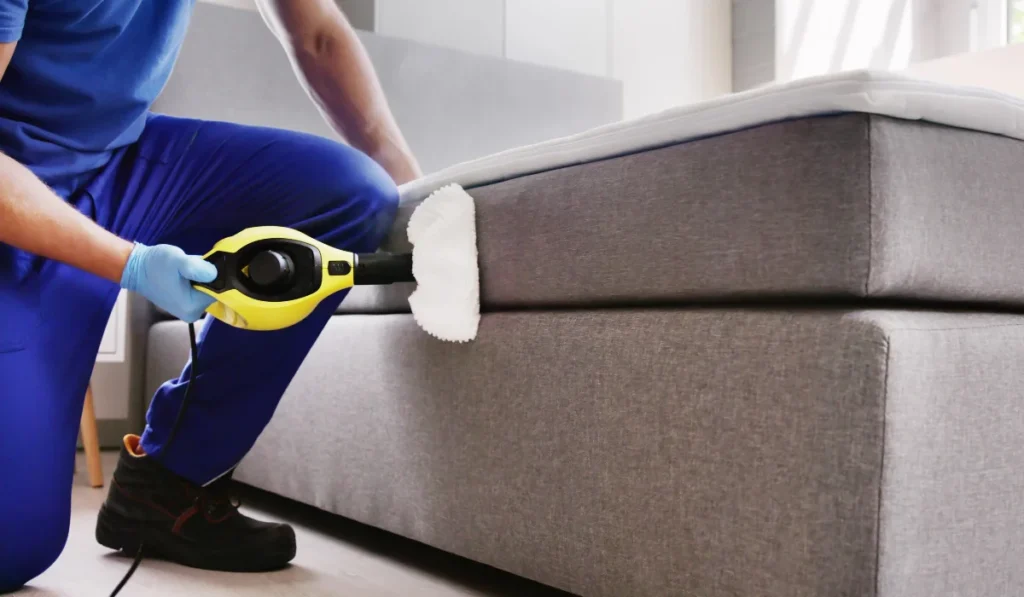Bats play a valuable role in Michigan’s ecosystem, but when they roost inside your home, they bring real problems.
From health risks to structural damage, ignoring a bat infestation can lead to more than just a few squeaky noises at night. If you’ve seen signs of bats in your attic, eaves, or walls, this article walks you through why that’s not something you want to overlook.
Whether it’s one bat or a whole colony, knowing the risks they pose is the first step to protecting your health and your home.
Key Takeaways
- Bat guano can release spores that cause histoplasmosis, a severe lung infection.
- Bat infestations often bring along mites, fleas, and even bat bugs.
- Bats can carry the rabies virus, and direct contact increases risk.
- Professional bat removal and bat exclusion are the safest ways to deal with a bat problem.
Why Bats Roost in Homes
Michigan is home to several species of bats, including the little brown bat. Most are harmless and protected species, but they can enter through small openings in siding, rooflines, soffits, or around windows.
Attics, crawl spaces, and wall voids offer quiet, warm places for a bat colony to roost undisturbed, and once they’re in, they rarely leave on their own.
Health Risks You Can’t Ignore
One of the biggest dangers of bats in the home is the health risk associated with their droppings, also known as bat guano.
Bat guano dries out over time, releasing fungal spores into the air. When inhaled, these spores can lead to histoplasmosis, a respiratory disease that starts like the flu but can turn serious fast.
For anyone with a weakened immune system, lung issues, or children in the home, the risk is even higher.
Beyond that, bats can carry the rabies virus. While bat bites are rare, even a small scratch or touching a bat can require immediate medical care. You don’t need to find noticeable bite marks for a rabies exposure to occur.
If guano or pests spread from the roost into your living area, the health risks become even greater for you and your family.
Bat Guano and Structural Damage
Bat droppings are corrosive, and when bats roost for long periods, guano and urine can soak insulation, stain wood, and damage drywall. Over time, this build-up leads to foul odors, structural weakening, and costly repairs.
Guano also attracts fleas, mites, and bat bugs, which can spread beyond the roost and cause further infestations.
How Bats Get In
Holes as small as a dime can let bats in. Common entry points include:
- Gaps around soffits and eaves
- Loose siding
- Crevices near chimneys or vents
- Open windows or attic louvers
During inspections, professionals look for signs like staining, droppings, or noise near these areas. Locating every access point is critical to proper bat exclusion.
Why You Shouldn’t Try DIY Bat Removal
Michigan laws protect many species of bats. Professionals time bat removal around maternity season, and improper handling can break the law or harm the bats.
More importantly, trying to remove bats on your own is risky. You expose yourself to bat bites, spores, and mites, and often fail to solve the problem entirely. Bats return if any entry point stays open.
Professional Bat Removal and Exclusion
For homeowners dealing with bats, professional help is the safest solution.
At Pest Pros of Michigan, we use a method called bat exclusion, which means installing one-way doors over the bats’ exit points. The bats can fly out but not return, and once they’re gone, we permanently seal the entry points.
We also offer clean-up services to remove guano and contaminated insulation safely. Every step follows safety and legal guidelines for lasting relief in Kalamazoo and Grand Rapids.
What About Bat Houses?
Installing a bat house away from your home can give displaced bats a safe place to go. Bats help control insect populations, including mosquitoes, so encouraging them to roost elsewhere benefits your local ecosystem.
Make sure you install the bat house correctly and place it far enough away to discourage a return to your home’s eaves or attic.
Preventing Future Bat Problems
Preventing bats starts with sealing small openings. Caulk cracks, fix loose siding, and screen vents. Seal your attic off from the rest of your living space, and consider regular roofline inspections.
Lighting and noise deterrents are temporary; sealing your home is the best defense.
Conclusion
The dangers of bats go far beyond noise in the attic. From health risks to structural damage, acting quickly can prevent serious problems.
Pest Pros of Michigan offers safe, legal bat removal in Kalamazoo, Grand Rapids, and surrounding areas.
Call us today for humane removal and lasting protection.
FAQs
What are the signs of a bat infestation in my home?
Common signs include scratching or squeaking sounds at night, dark stains near eaves or vents, and piles of bat guano. You may also spot bats exiting around dusk.
Can bats in the attic make you sick?
Yes. Bat droppings can release spores that cause histoplasmosis, a lung infection. Direct contact also risks rabies exposure. Always consult a professional for safe removal.
How do professionals get rid of bats?
Experts use a process called bat exclusion. They install one-way doors to allow bats to leave but not return, then seal entry points and clean up guano safely.



